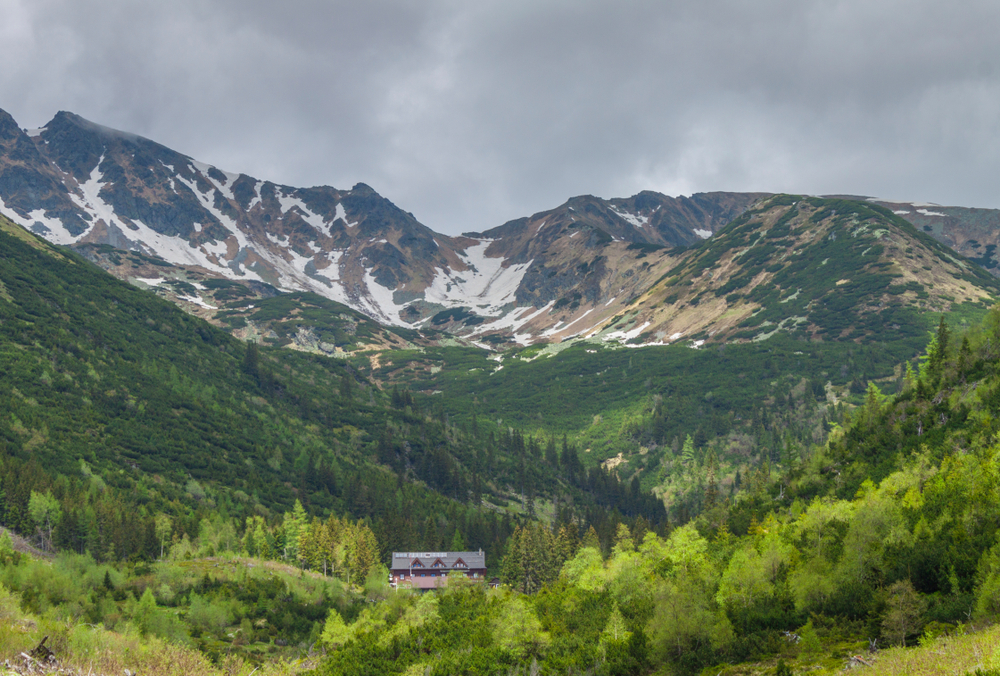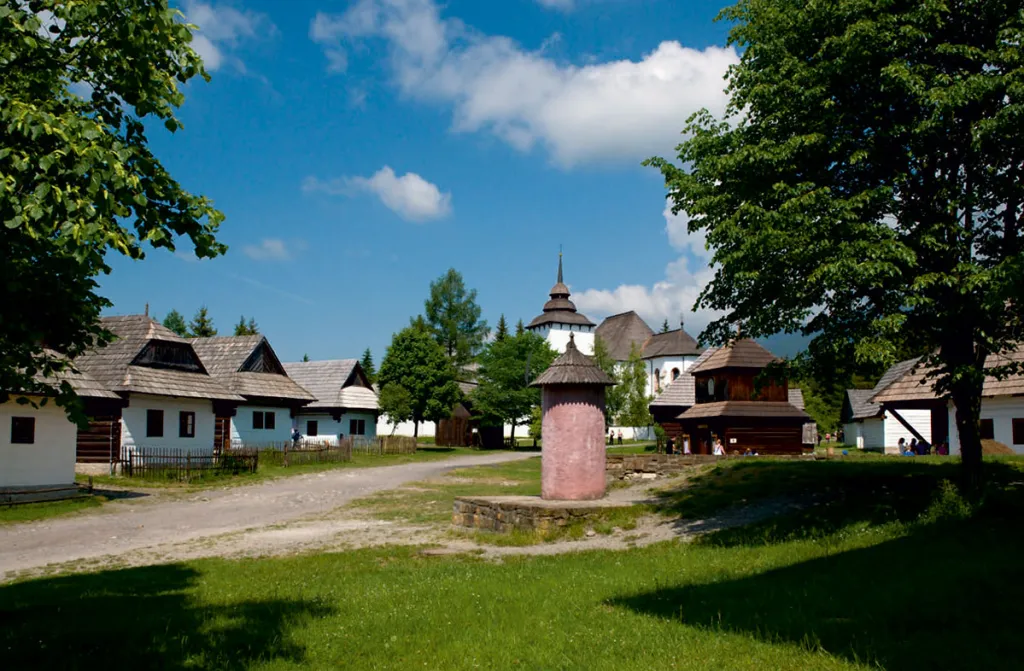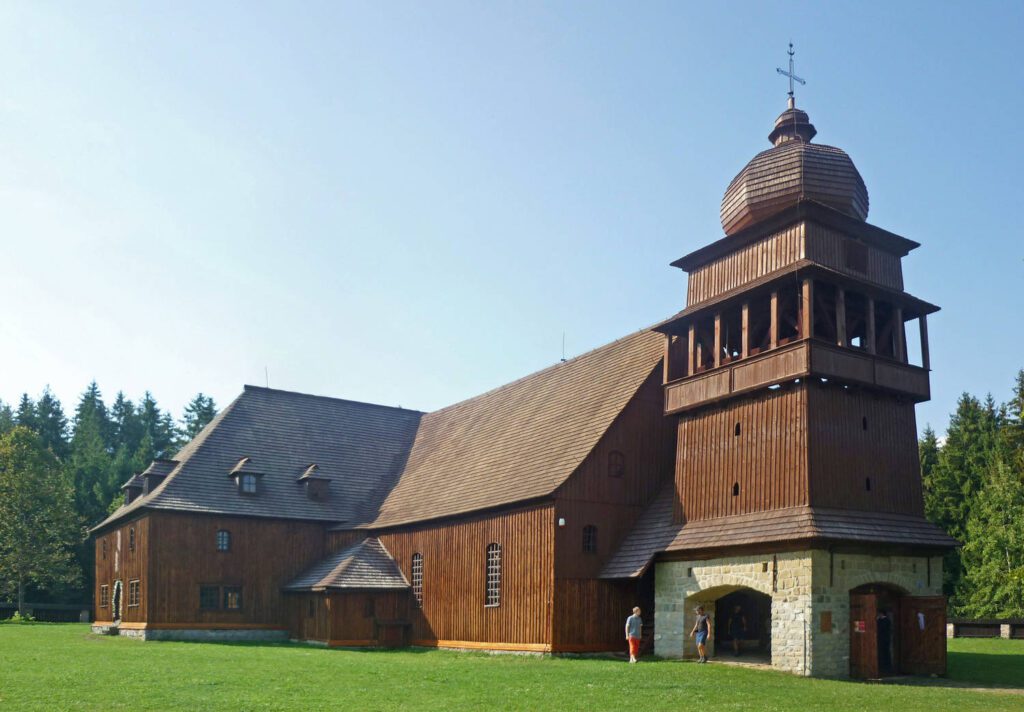
Ski resort Jasná Nízke Tatry
The largest and most famous ski resort in Slovakia – Jasná Nízke Tatry offers its visitors on the northern and southern side of Chopok unforgettable winter holiday experiences. The Jasná Chopok North resort is located less than 30 minutes by car from Liptovský Mikuláš, through the beautiful countryside of the Demänovská valley. Its infrastructure, number of kilometres of ski slopes and services are competitive with Alpine resorts.
Already today Jasná is a ski resort with 45 km of ski slopes, 29 ski lifts and cable cars with a transport capacity of more than 30,000 people per hour. A modern snowmaking system with a length of 27 km guarantees snow cover for 5 months of the year. Beginners can enjoy the easy slopes, while intermediate – red and hard – black slopes are available for advanced skiers. For adrenaline lovers, freeride zones of varying difficulty are available. In the Otupné section, the Burton snowpark with obstacles and jumps is ready for freestyle skiing and snowboarding enthusiasts. The resort also offers night skiing on the slopes Biela Pút’ and Záhradky.
Bear Shed and Žiarska valley
Žiarska valley in the Western Tatras is one of the most visited valleys in Liptov. The road to the Žiar valley leads through the village of Smrečany and Žiar. Follow this road until you reach the toll parking at the beginning of the valley. From there, an asphalt trail leads through the Žiar valley. At the beginning of the valley, 200m from the parking lot, you will come across the Medvedija štôlňa, which is the only accessible mining work in Liptov. It is 500m long but only 300m is accessible. The tour takes about 30min.
At the finish you will have an unforgettable view of the beautiful panorama of the peaks of the Low Tatras ( Tri Kopy, Baníkov, …). That is why the Žiarska valley is one of the most visited and most popular valleys, whether for the magnificent view or other opportunities and attractions that this place offers. The Žiar farm at the beginning of the valley is certainly worth mentioning. Stop by and taste the Liptov specialties in the quiet surroundings of the Western Tatras.


Prosiecka and Kvačianska valley
These two valleys, hidden in the forests of the Choč Hills, are among the most beautiful valleys in Slovakia and are unrivalled in terms of the diversity of nature and terrain. Crossing the Prosiecka and Kvačianska valleys, connected with a climb to the Prosečná lookout hill and a visit to the Oblazy water mill, is part of the nature trail. On the route, visitors will overcome an elevation of 772 m, in about 6 – 7 hours of moderately demanding hiking.
The route starts in the village of Prosiek, which can be reached by direct bus connection from Liptovský Mikuláš. The valley is a blue marked tourist trail with several information panels, which acquaint with the geological and geomorphological conditions of the valley, as well as with its flora and fauna. From its mouth, the Prosiecka valley has the character of a narrow gorge. At its narrowest point, called Vráta, only the stream channel, which also serves as a hiking trail, fits above the bottom of the crevice between two perpendicular limestone walls. Above Vráta, a sometimes appearing hiking trail crosses over a footbridge over the watered riverbed to the left side of the valley. There is a rock step which can only be overcome in an almost climbing way. Above it, the stream disappears in places in karst sinkholes, which usually keeps the stream bed dry. At the Vidová crossroads a short valley called Červené piesky (Red Sands) ends at the gorge, with a rock threshold over which a 15 m high waterfall plunges.
The continuation of the trail in the Sokol Gorge is crossed with steel ladders and chains anchored in the rocks for greater safety of hikers. At the end of the gorge, the appearance of the landscape changes strikingly. At Svorad, the nature trail temporarily leaves the Chočské vrchy Mountains and the trail continues with a more difficult ascent to Prosečné Hill (1 372 m), which offers a beautiful view of the whole of Liptov. The descent from Prosečné leads to the north-east along a steep path to a clearing in the saddle of Ostruhy (1 085 m), then to the wooded western slope of the Kvačianska valley. After a short traverse, the trail returns in an arc to the northern slopes of the Prosečné massif and descends into the Borovianka valley by long serpentines. Below the village of Veľké Borové it connects again with the nature trail, which leads to the Oblazy locality. Here the water from up to three streams meets. Already in the past it was an ideal place to build a water mill. Two of the original four mills are still standing here. Thanks to volunteer nature conservationists, the Upper and Lower Mills have been reconstructed and are open to tourists in the summer season.
After visiting the remarkable technical monuments, you have to make a relatively short but strenuous climb up the steep slope of the Kvačianska valley, where the red-marked stone road from Hut to Kvačany leads. The place Roháč, marked by a stone cross, deserves special attention here, as it provides a breathtaking view of the bottom of the Kvačianska valley. The comfortable road with red markings ends in the village of Kvačany, which has a direct bus connection with Liptovský Mikuláš.









